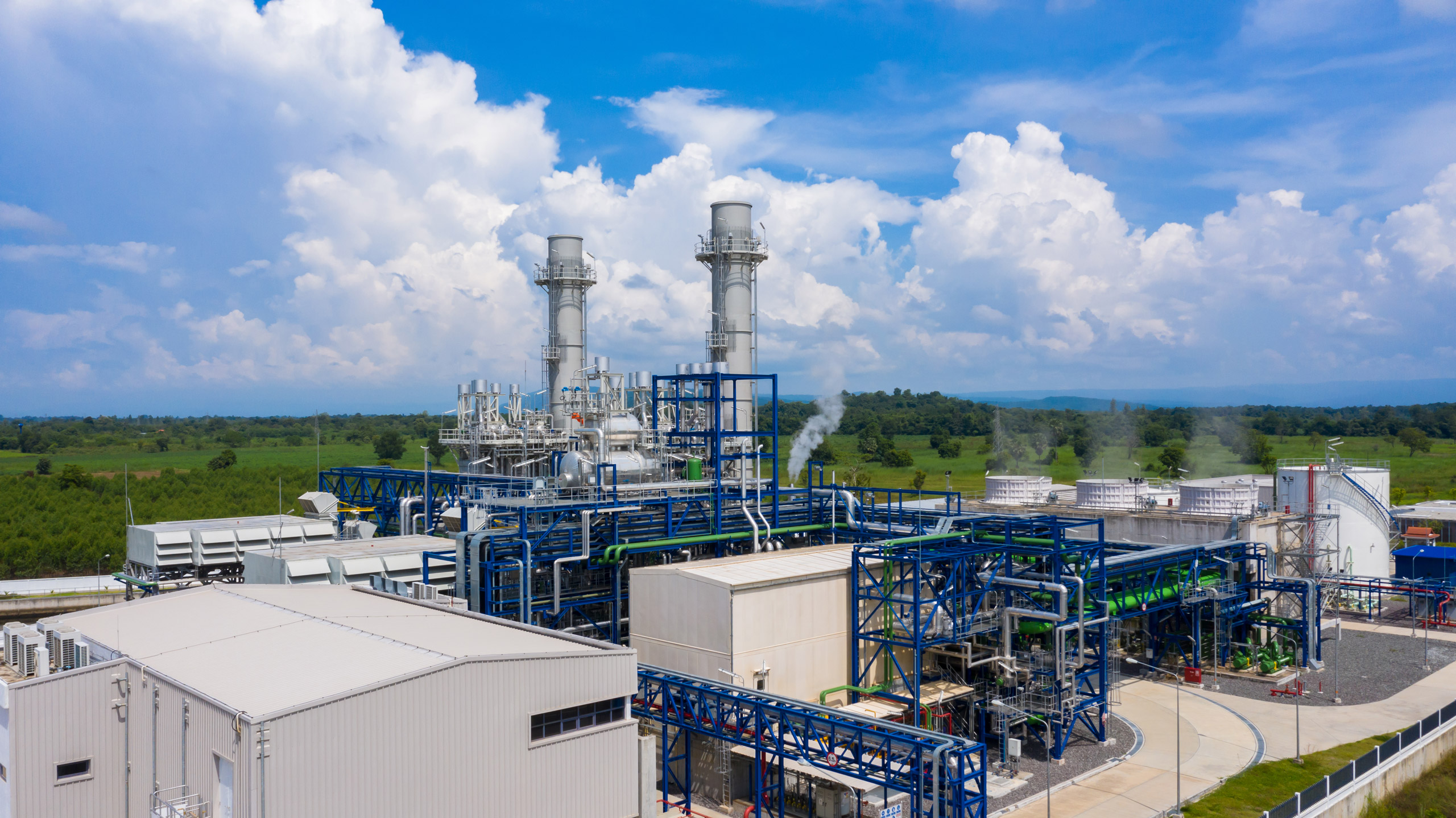
Duration: 1.00 Hrs
Course Level: Intermediate
Languages: English
Capability: Audio, Video, MobileReady
This course is designed to teach participants how condenser performance can affect the efficiency of a generating unit. After completing this course, participants should be able to identify energy flows into and out of a condenser and know how these flows are related to the efficiency of the condenser and to unit heat rate. Participants should also be familiar with different methods of determining condenser efficiency, such as by checking parameters and indicators and using condenser performance curves and circulating water pump selection curves. In addition, participants learn how changes in condenser vacuum can affect unit heat rate and operating costs.
By the end of this course, you will be able to:
Duration: 1.00 Hrs
Course Level: Intermediate
Languages: English
Capability: Audio, Video, MobileReady
This course is designed to explain how three general categories of problems can affect condenser vacuum, efficiency, and unit heat rate. After completing this course, participants should be able to describe how tube fouling and blockages, air leakage into the condenser, and circulating water flow and temperature problems affect efficiency and unit heat rate. They should also be able to identify ways to recognize and respond to these problems.
By the end of this course, you will be able to: